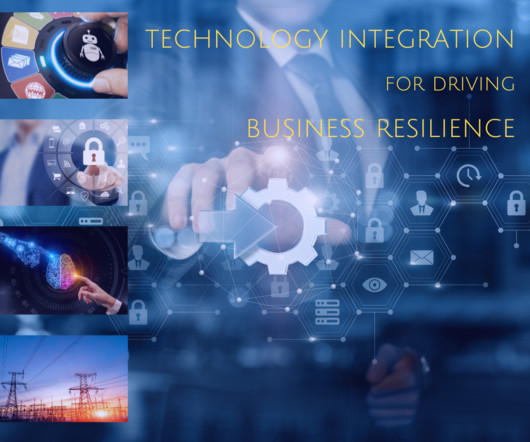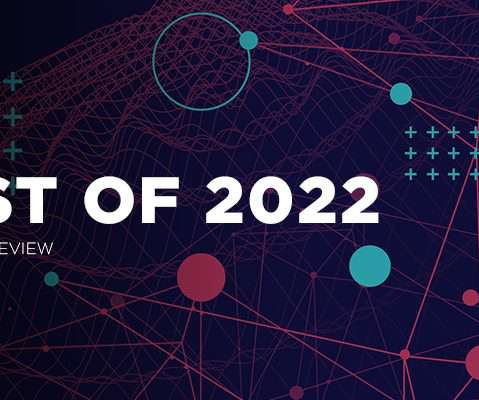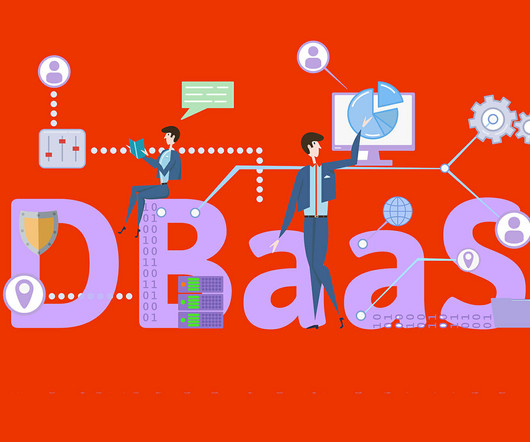Navigating the Future: Unveiling the Crucial Nexus of Tech Integration and Business Continuity for Unparalleled Business Resilience
Erwood Group
JANUARY 10, 2024
CIOs play a pivotal role in architecting a tech landscape that empowers organizations to weather storms, whether they be in the form of natural disasters, cyber threats, or unforeseen market shifts. In today’s digital age, technology isn’t just a support function; it’s an integral part of the organizational DNA.












Let's personalize your content